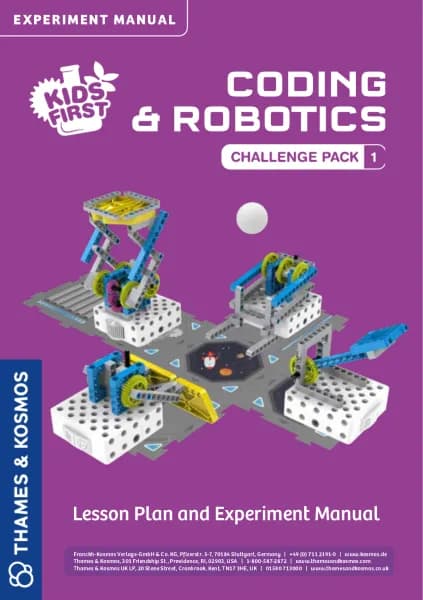Thames & Kosmos Candy Chemistry handleiding
Handleiding
Je bekijkt pagina 30 van 52

CORN
SYRUP
The hard candy recipes call for two types of
sugar. The addition of light corn syrup, which
is basically pure glucose, in the recipes is a
simple trick to prevent the syrup from
getting solid or forming crystals too quickly
during boiling. How does this work?
Glucose crystals are shaped differently
than “normal” sucrose crystals.
They simply have the wrong size to
fit into the crystal lattice of the
sucrose. They will form long chains
with other glucose molecules, but these
will obstruct the mobility of the sucrose
molecules and thereby prevent unwanted
crystal formation. Rather refined, don’t
you think?
Where does
sugar come from?
Most sugar is derived from sugar cane or sugar beets. This
household or white sugar can be found as granulated sugar, sugar
cubes, finely ground confectioner’s sugar, in large crystals as rock
candy, and sometimes even as liquid sugar (dissolved in water).
Sugar was originally only derived from sugar cane, which grows in
tropical countries. Well over 200 years ago, it was realized that this
desirable ingredient could be derived more economically from sugar
beets. Now, 30% of sugar comes from beets. Chemically, however,
the two kinds of sugar are exactly the same, namely sucrose.
In fruit, there are two other types of sugar: glucose and fructose.
These are simple sugars. Both of these can be made chemically by
splitting sucrose, because sucrose is a complex sugar composed of
glucose and fructose.
Sugar cane
Sugar beet
CHECK IT OUT
28 | Sugar Solutions and Crystals
Bekijk gratis de handleiding van Thames & Kosmos Candy Chemistry, stel vragen en lees de antwoorden op veelvoorkomende problemen, of gebruik onze assistent om sneller informatie in de handleiding te vinden of uitleg te krijgen over specifieke functies.
Productinformatie
| Merk | Thames & Kosmos |
| Model | Candy Chemistry |
| Categorie | Niet gecategoriseerd |
| Taal | Nederlands |
| Grootte | 30778 MB |







